Sometimes, we view fuses as an inconvenience. However, they offer a crucial safety feature in protecting your HVAC equipment from breaking down against electrical overloading.
After all, you keep wondering or perhaps confused about whether the AC disconnect needs a fuse or not? Throw your worries away! We've got your concern, and here's the answer below to assist you.
Generally, it depends on your HVAC disconnect switch safety and protection requirements. If your HVAC unit needs a higher energy rate to run, you must fuse the AC disconnect.
However, if the HVAC's AC disconnect switch doesn't need more power, you should be fine not fusing it.
By the end of this post, expect us to share with you the various types of fuses you may need. We'll also teach you how you safely install a disconnect box. So keep on reading. With that said, let's dive right in!
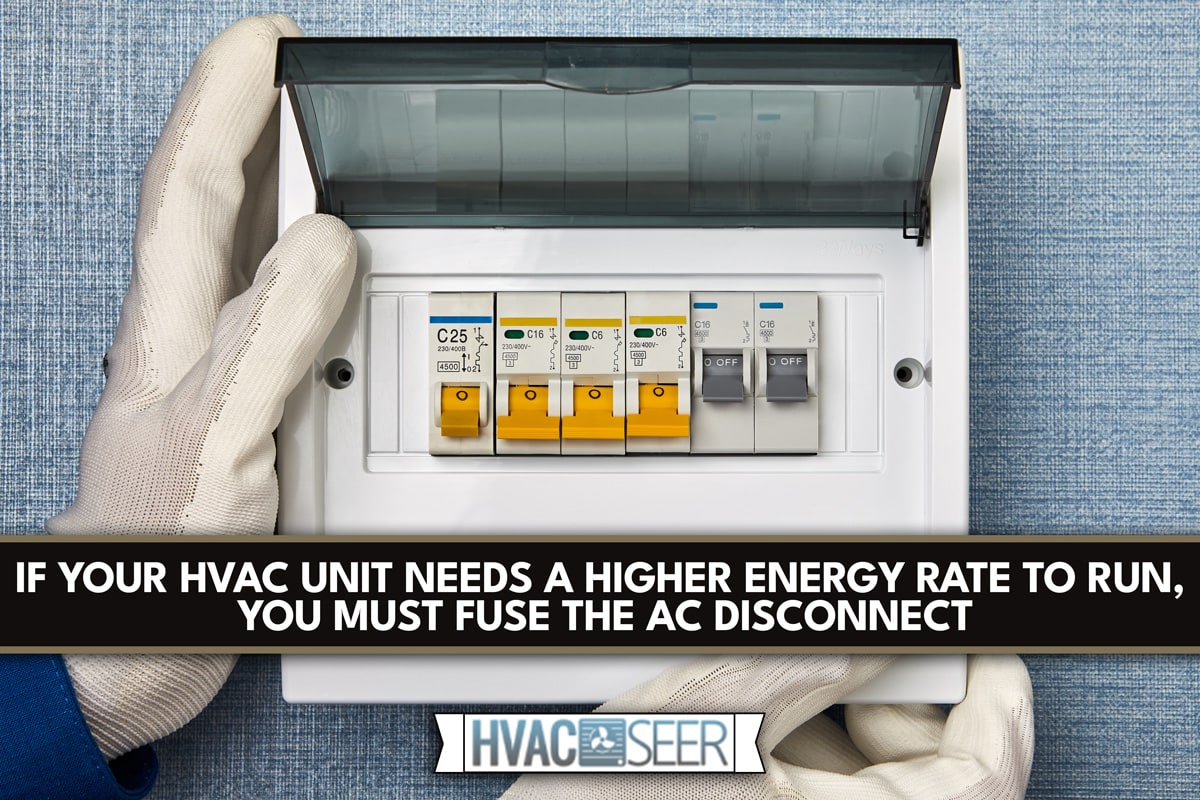
What Is An AC Disconnect Switch?
An AC disconnect switch is a switch box that controls the overall energy source of the air conditioners. It doesn't function to switch the air conditioner on or off.
Instead, it serves you or your HVAC technician to have a safe working condition during repair or maintenance. Moreover, this switch is a safety feature to conveniently verify whether the HVAC unit power supply is off or not.
What Are The Types Of Fuses?
It is no secret that the disconnect switch instantly cuts off the power supply during emergencies such as power interruption or short current. This switch works with a combination of fuses to stop the current off during a problem.
The disconnect switch uses two common types of fuse this includes direct current (DC) and alternating current (AC):
DC Fuse
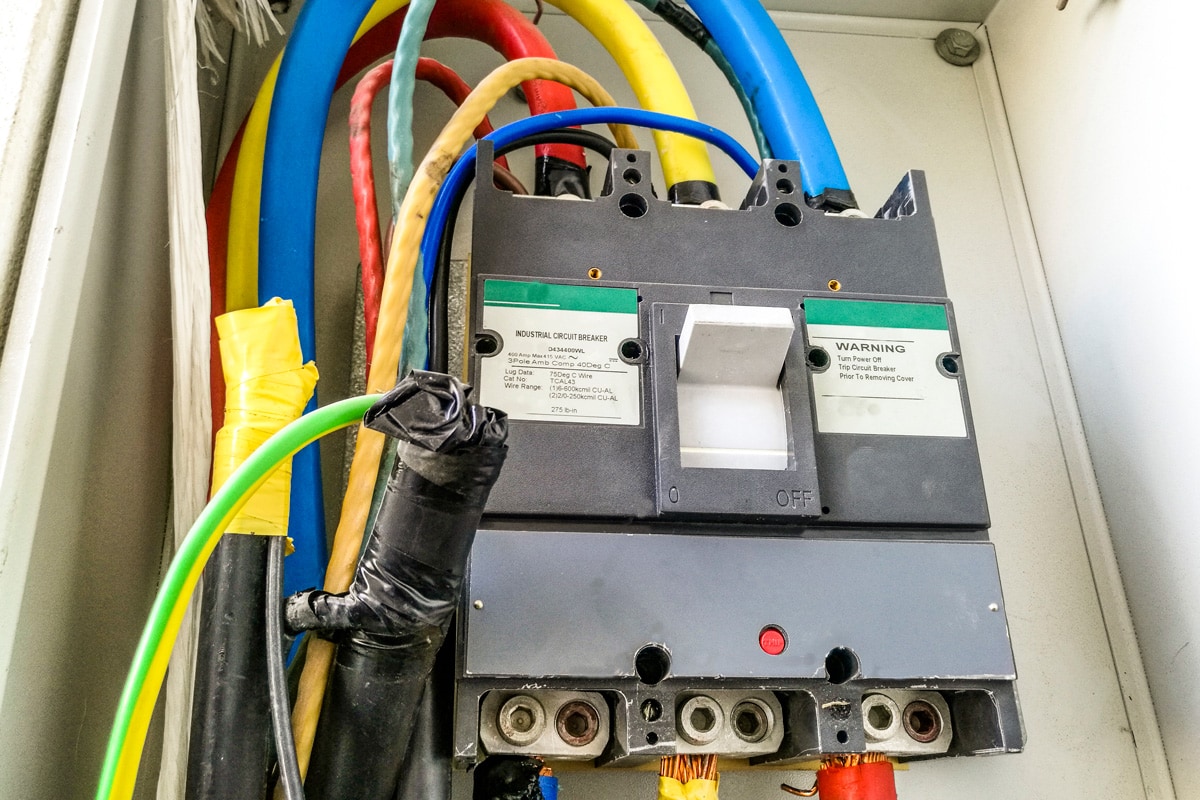
The DC fuse doesn't have any current flows in its circuits. This makes it incredibly challenging to put out the arc that is run by the direct current.
The electrodes of this fuse are set farther apart than in an AC fuse, which raises the fuse's size. In addition, when an enormous current flows through the DC fuse, it either shuts or blows the circuit off.
After all, you can still prevent your DC fuse from breaking. Just ensure to use an ideal wire or cable. It is critical to follow and apply the necessary DC fuse wiring guidelines.
The proper wire, for example, for a 70 amperage fuse rate, will require a ten mm² size wire. Following this will allow your DC fuse to run about 80 amperages of current.
Neglecting the proper sizing of wires on your DC fuse will increase the risk of electrical overload. As a result of your HVAC units, unnecessary damage or, worst, a fire outbreak.
AC Fuses
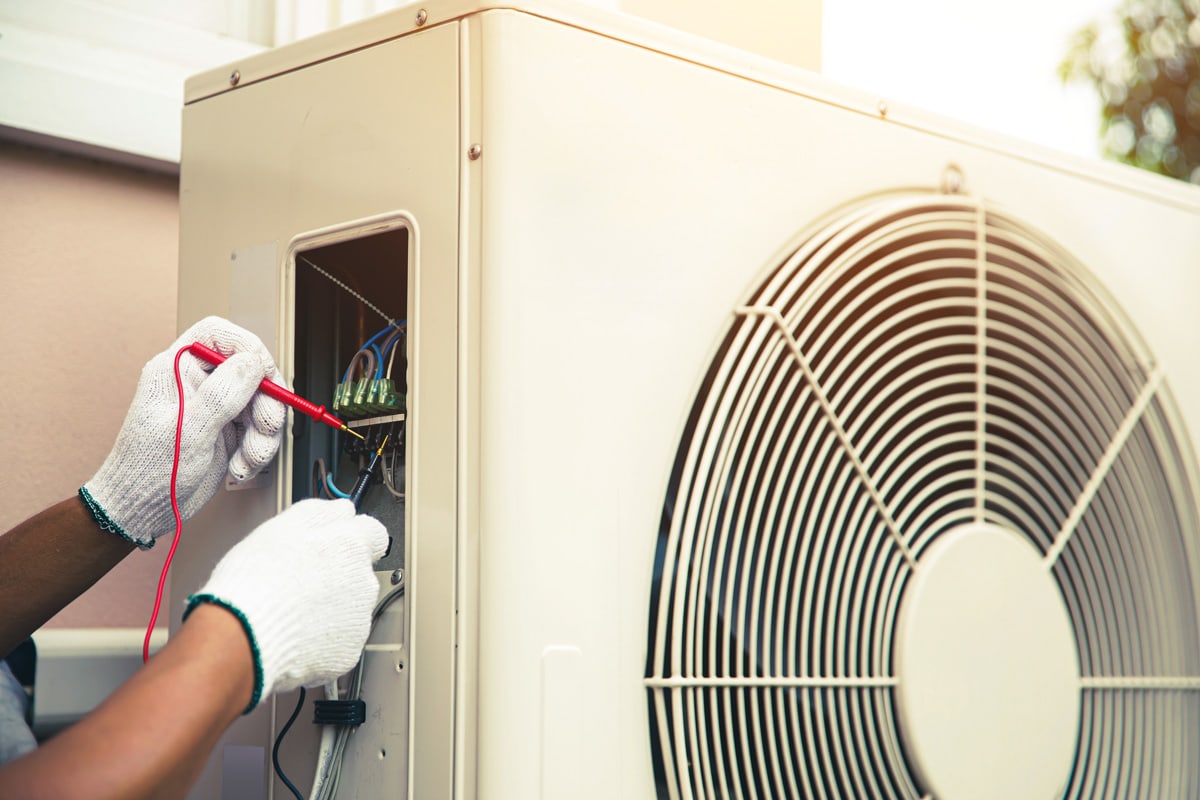
In under one second, the frequencies of AC fuses change from 0° to 60° in amplitude. In contrast to DC fuses, arc suppression is thus simpler in an AC circuit.
This fuse is categorized into two types:
- The Light-duty voltage
- The Heavy duty voltage
Light voltage offers a wide range of types of fuses, this includes:
Kit-Kat Fuses
This kind of circuit is common in household wiring or small current circuits. The two primary components of the kit-kat fuse are the fuse casing and the fuse holder.
Its base is porcelain that holds its wires; these wires make up a lead, tinned copper, aluminum, or a tin-lead alloy. It is simple to insert or remove the fuse carrier from the base without accessing the main switch.
Cartridge Fuses
This fuse includes metal contacts on both sides and is completely covered in a container. These fuses can also be divided into two different categories: The D-type and Link-type cartridge fuses.
Dropout Fuse
The primary purpose of the dropout fuse is to safeguard transformers on distant distribution networks. It is also beneficial for remote Substations when fusion indication is essential.
Striker Fuse
It is a mechanical mechanism with sufficient force and flows for closing trip/indicator circuits. What's more, These fuses use a spring-load striker.
It functions as additional trigger switchgear and a visible signal when a fuse has blown.
Switch Fuse
These switches utilize low and medium-voltage circuits. The switch fuse has a rating ranging from 30 to 800 amps. There are 3-pole and 4-pole fuse units available on this type of fuse.
Such fuses have a generating capacity of up to 46 kA. This dependable fuse can handle up to three times of current load.
What Is The Difference Between Light And Heavy Duty Switches?
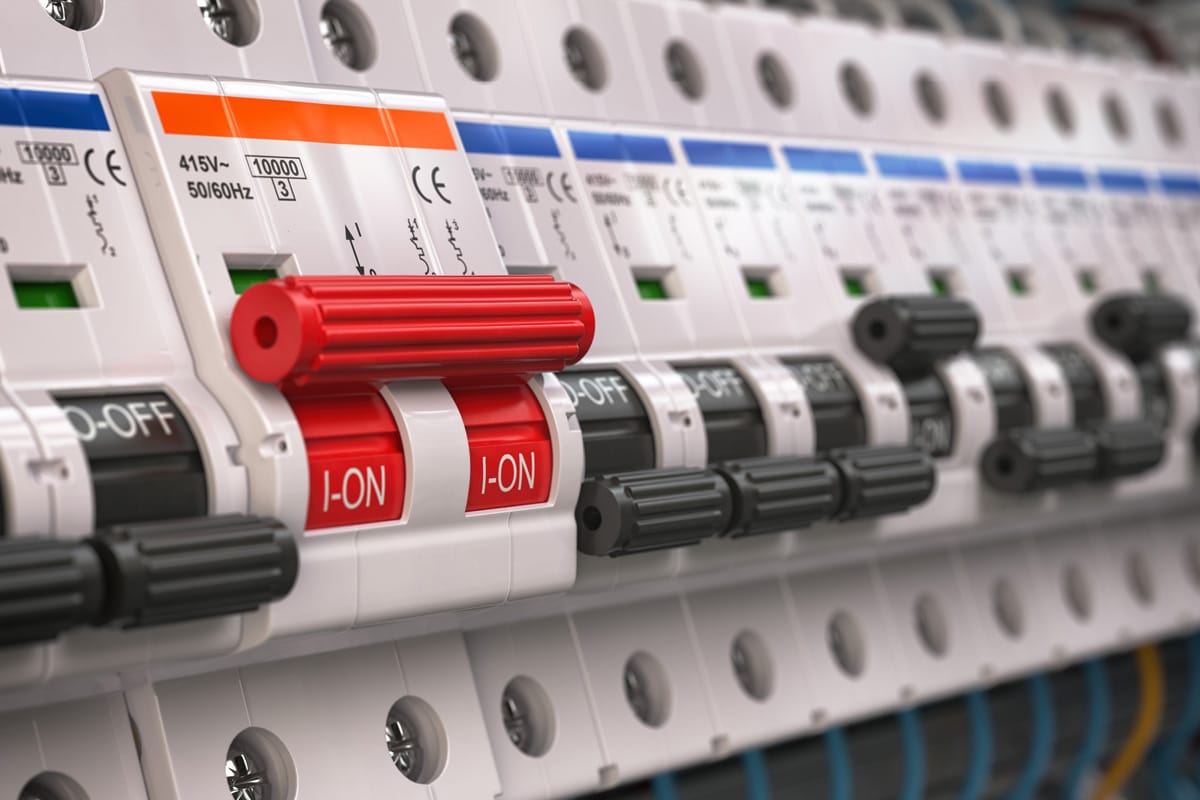
The major difference varies in the maximum voltage ratings of each switch. A light-duty switch has a voltage value of 240 Vac Max.
In contrast, the maximum ratings for heavy-duty safety switches are 600Vac and 600Vdc. The heavy-duty switches are suitable for machinery and equipment that require a greater voltage to operate.
A safety disconnect switches are a vital electrical part in every building structure that utilizes electrical power systems. Nonetheless, proper installation will always determine how efficiently these switches will work.
How Do You Install An AC Disconnect Box?
An outdoor disconnect box is placed about 50 feet from the air conditioner condensing unit. This is for compliance with your air conditioner disconnect box installation code.
Besides, this will also allow your HVAC servicing team to conveniently access the switch and work safely.
Kindly follow these steps below to safely and properly install your AC disconnect switch:
- Ensure that you shut off the outdoor unit's power before you work.
- Conduct a further current check-up using a multimeter to verify whether there's still electrical flow.
- Inspect the condensing unit area to assess where you install the disconnect box.
- Run a wire from your circuit box to the walls of the condensing unit.
- Now house the circuit box in the walls; it should be 2 feet above the ground.
- Securely insert the wiring at the back of the circuit box and cut them according to your need.
- Remove the coat of the three wires about 1/2 inch from its edge and separate them.
- Ensure that you slid the wires within the four terminals and attach the wire to the hot wire line.
- Securely install all wirings to the condensing unit and leave enough length on both ends for connections.
- Install the disconnect box and ensure you correctly attach the ON and OFF pull-out handle.
- Switch the power supply back to ON again, and run a voltage test to finish the process.
Check out this multimeter on Amazon.
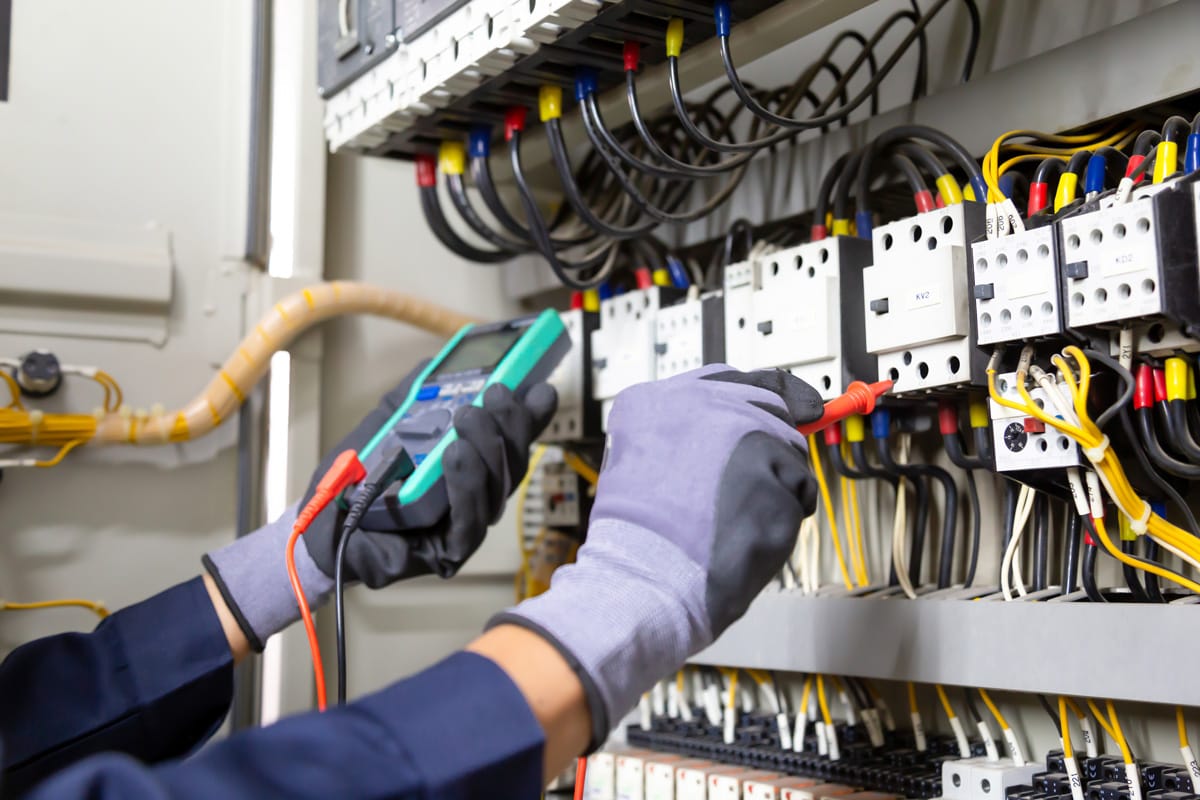
WARNING! This installation procedure requires a wide electrical knowledge to ensure the safety and quality of the job. We urge you to contact your HVAC technician and let them perform this job for you!
How Does Fused Disconnect Switch Differ From Breakers?
Circuit breakers in residential and commercial buildings are reliably built to carry a specific amount of current. In cases of short circuits, devices like circuit breakers and fused disconnect switches also function to safeguard your home's appliances.
As its name implies, a fused disconnect switch uses a combination of a fuse and a switch. The fuse sets off the circuit, and the switch disconnects it in the event of a problem.
Switches allow you to turn off the power supply in your house manually. In contrast, a circuit breaker terminates the power automatically when an excessive current flows through the circuit.
Unlike disconnect switches that need a fuse replacement each time they malfunction. Breakers only need a simple resetting process to restore your power source.
What Are The Benefits Of A Fused Disconnect Switch?
The cost versus time consideration is essential, depending on perspective and their needs. However, you should only focus on what brings your home and appliances a better and safe electrical current.
Let's take a look at the benefits of having a fuse in your disconnect switch:
- This is the best option for houses that run a lot of energy.
- A fused disconnect can instantly monitor and overload current and stops it altogether.
- You can guarantee your home's and appliance's safety because experts say so to fuse a disconnect.
To Wrap It Up
Every electrical circuit, whether a breaker or disconnect switch, will function whether it is fused or not as long as you always adhere to the specific safety and protection requirements.
Throughout this post, we learned whether the AC disconnect switch has to be fused or not. We've also addressed the differences between light and heavy-duty switches.
What's more, you also know how you safely install your disconnect switch box. We hope you will be much more aware of electrical switches and fuses by providing you with this knowledge.
Before you leave, check out our other post below for further learning:

